AN EXAGGERATED WARM-UP ISN'T HELPFUL
I don't know when the lengthy warm-up became a thing, but it's gotten out of hand. You know the type. It'll last as long as the actual workout because it contains an aerobic phase, self-myofascial release, mobility drills, activation drills, movement patterning, and enhanced blood flow work before the training even begins!It's almost heresy to say that you warm-up simply by doing lighter sets of your first movement of the day. (You know, how most very successful lifters did it before the internet.)
The problem? Besides being a time suck, excessive warm-ups can actually decrease the benefits of your workout and may even increase the potential for injury. Here's why.
The Thibaudeau Warm-Up
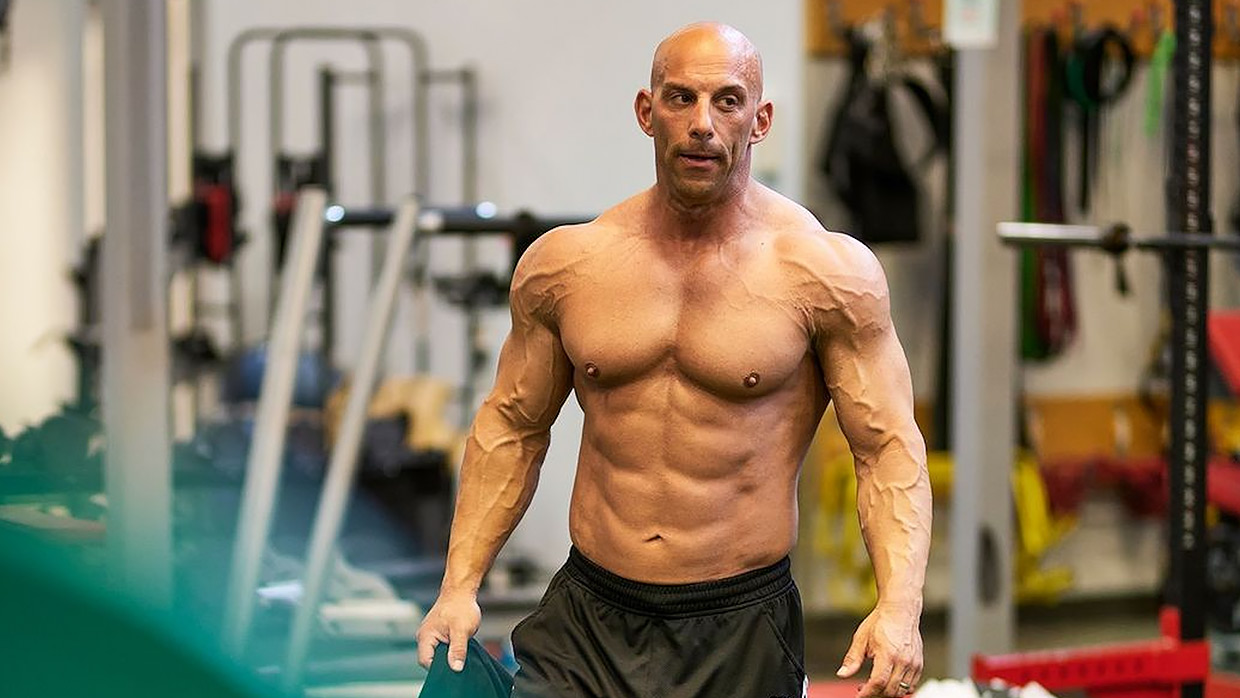
Many well-known coaches have their own specific warm-up routine: The Wenning warm-up, DeFranco warm-up, etc. What's the Thibaudeau warm-up?
There's no such thing. Only do what's absolutely needed. My philosophy is to do the least amount of "stuff" possible to perform properly and safely during your session.
And that depends on what you'll be training and your current physical state. You won't need the same thing if you wake up stiff and achy and have a snatch workout ahead versus if you're feeling good and loose before your arm session.
Any "stuff" that doesn't directly contribute to making the upcoming workout better is a waste of time, energy, recovery capacity, and neural drive. In fact, an overly extensive warm-up can greatly diminish how much "effective work" you can do by causing some central fatigue.
Central fatigue has nothing to do with how you're feeling. It simply refers to a weakening of the central excitatory drive sent to the muscles. When you accumulate central fatigue, the excitatory drive becomes weaker and you become less effective at recruiting and firing the high-threshold motor units and, therefore, the fast-twitch fibers. This leads to less growth stimulation and less strength, power, and speed potential.
Any physical activity can (and does) cause central fatigue. This is especially true of activities of significant duration, those that cause discomfort, and those with a high level of sensory signals – which is the case for most self-myofascial work, mobility work, and peripheral activation work. Even central activation work like jumps and throws can cause central fatigue due to their explosive nature.
I'm not saying that warming up will completely destroy your session. But EXCESSIVE warm-up volume absolutely will have a negative impact.
I was "brought up" to do 5 minutes of light work (treadmill, stationary bike, etc.) and then start light on the first exercise and gradually ramp the weight up toward my first work set. Sometimes I'd do as many as 5-7 of those warm-up sets; other times, it would be 2-3, depending on how the movement felt. And that's pretty much how most lifters did it.
If I felt tight in areas that would negatively impact my main lift, I'd do a small amount of mobility work for that region. If I didn't feel restricted, I wouldn't do it.
If I had some achy muscles, I might do a small amount of self-myofascial release. But I would more likely alter my training plan: myofascial release simply has an antalgic effect. It decreases the pain signal, but it doesn't fix the issue. So, you might end up training a muscle that should really be left alone for a few days. Smashing an injured body part can make things worse.
If I felt lethargic and lazy, I'd do a few jumps or medicine ball throws to amp myself up. But if I was motivated from the get-go, I wouldn't.
See where I'm going with this? Always try to do the least amount of work possible to prepare yourself for your workout.
Pavel's Point of View
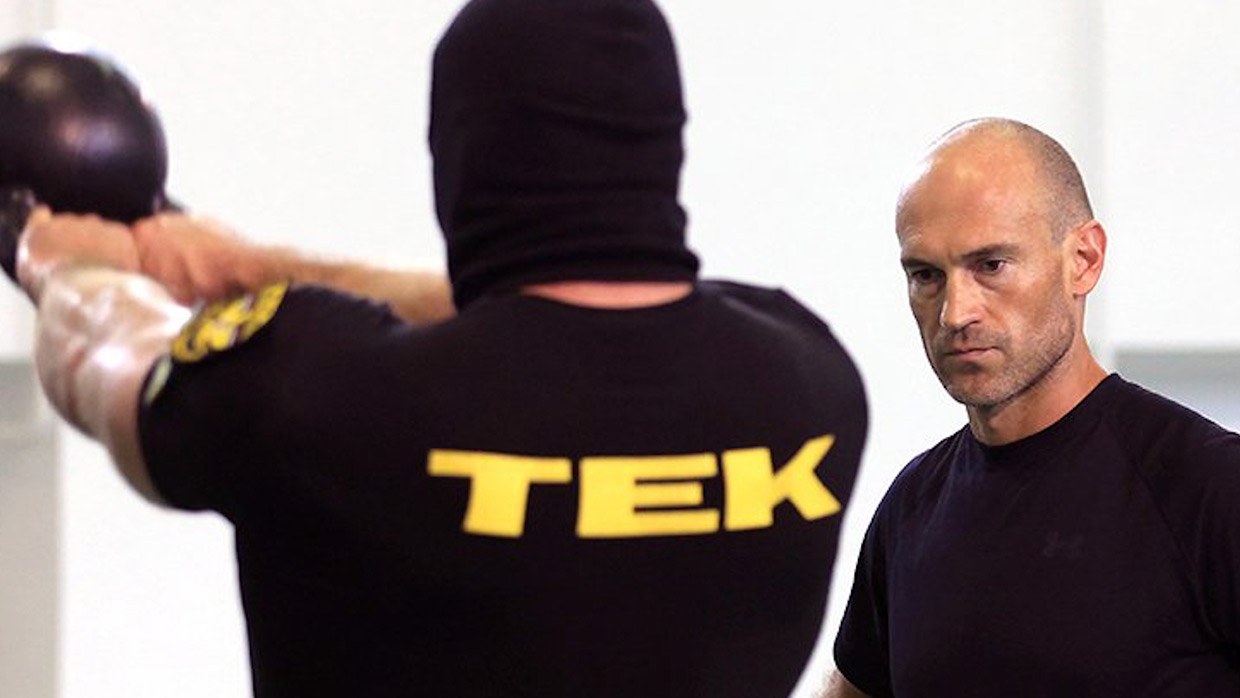
I'm of a similar point of view as Pavel Tsatsouline (martial arts and kettlebell icon), who preaches training yourself to not need any warming-up.
He's worked with a lot of tactical athletes (firemen, police officers, military personnel, etc.) and he made a great point by saying that these guys don't have time to warm up before getting into action.
Fire alarm goes off. "Okay, guys, go get your foam rollers, rubber bands, lacrosse balls, and your copy of Supple Leopard. We gotta get ready!"
Does that make any sense? Of course not!
We both believe you can train your body to require less and less preparatory work to be able to perform at a high level. And, on the other end of the spectrum, I believe you can make your body dependent on doing tons of warming-up. The more extensive your warm-up routine is, over time, the more warming-up you need to be ready to go. This is inpractical.
If your warm-up lasts 30 minutes, it will likely reduce the amount of time you can spend on the actual workout – either due to time restriction or because you lose focus and drive before the end of the session.
And even though the warm-up includes mostly low-effort exercise, it's still exercise, and it still requires energetic and neurological resources. That means you'll either have less energy available for the workout itself, or the overall session (warm-up + workout) will be harder to recover from.
Dave Tate's Point of View
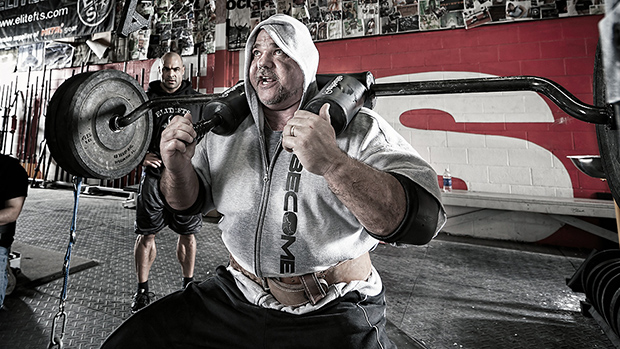
In one of his podcasts, Dave Tate commented that he once started doing an extensive warm-up routine for his hips, which were bothering him, but it actually made matters worse.
The reason? Even though he was doing mostly low-effort work for the hips, it still constituted movement. And the more movement you do, the more likely you are to cause wear and tear, even if it's low-effort exercise.
By doing too much preparatory volume, he exacerbated the problem. Just because something is "low effort," it doesn't mean it's devoid of impact. It causes wear and tear (albeit more slowly than high-effort work), contributes to fatigue, and depletes mental resources.
Programming Yourself For Performance
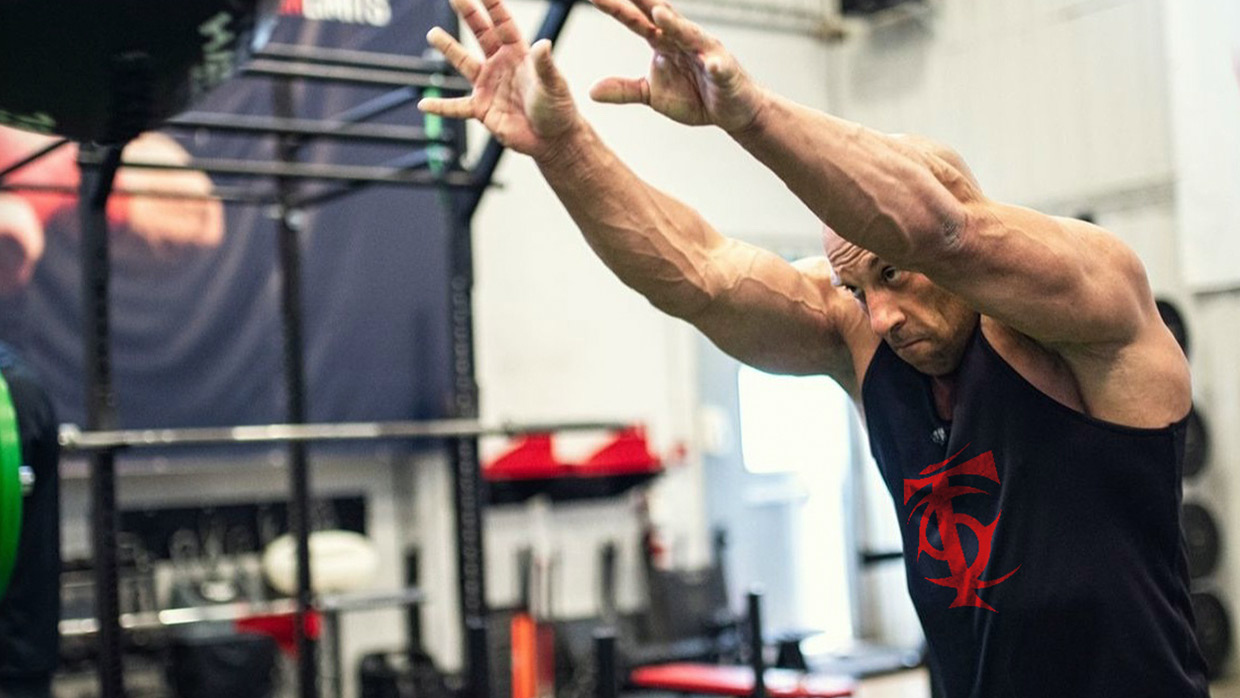
Remember, the more warming-up you do, the more you make yourself reliant on the warm-up to perform.
Training has a temporal element, like an internal clock, which plays a huge role in workout performance. It affects how long you can sustain a workout before losing focus and motivation.
My wife is a prime example. At the 45-minute mark, she becomes unfocused and asks if she's done. But because of this temporal clock, the opposite may also be true for those who have trouble "getting into" the workout.
Some say they can't get into their workout until 30 minutes in. But you can actually program yourself to be ready to go right out of the gate and be capable of achieving high performance with minimal prep work.
Now, let's say you're someone who starts to perform 30 minutes in. That means, if your warm-up lasts 10 minutes, it'll take you 20 minutes to lift optimally.
So if you start doing all sorts of junk in your warm-up and it now lasts 30 minutes, you'll be able to perform well in your lifting right off the bat – not because you're sweating or anything, but because you reached the temporal zone in which you start to perform. This gives the illusion of performance-on-demand as your lifting is good right from the start.
But, in reality, you've not fixed the issue. You just filled the first 30 minutes with other types of work until you reached the proper temporal zone.
Mental Training
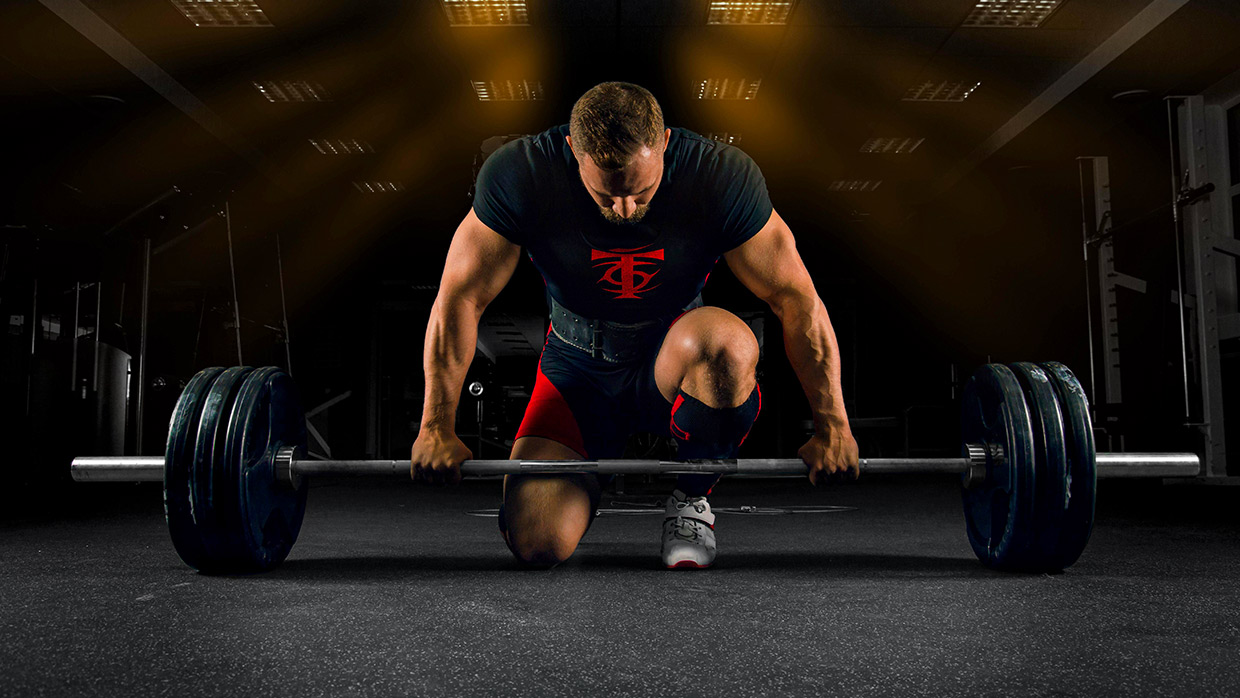
The solution to performance-on-demand isn't adding more work before your performance. If you want to train yourself to perform with as little work as possible (training or warming up), then you need to practice performing without doing tons of stuff first.
Likely you'll find other ways to get in the right mindset and amp up your CNS, like visualization or mental rehearsal while you're getting to the gym. Or maybe you'll develop a "mental trigger" that turns everything on internally.
You could try mental rehearsal while preparing to hit your workout and only perform a few sets of the main lift (1-3) before starting the actual workout.
But...
- Those sets must be done with maximal intent. Try to be VIOLENT with the bar and produce maximum tension. Squeeze the bar brutally hard with your hands, brace like crazy, and have the intent to kill that weight.
- Once you've done the last preparation set, have a mental cue that you scream in your head to get fired up, kinda like a Spartan war cry. This signals the start of the war with weights.
Performance, On-Demand
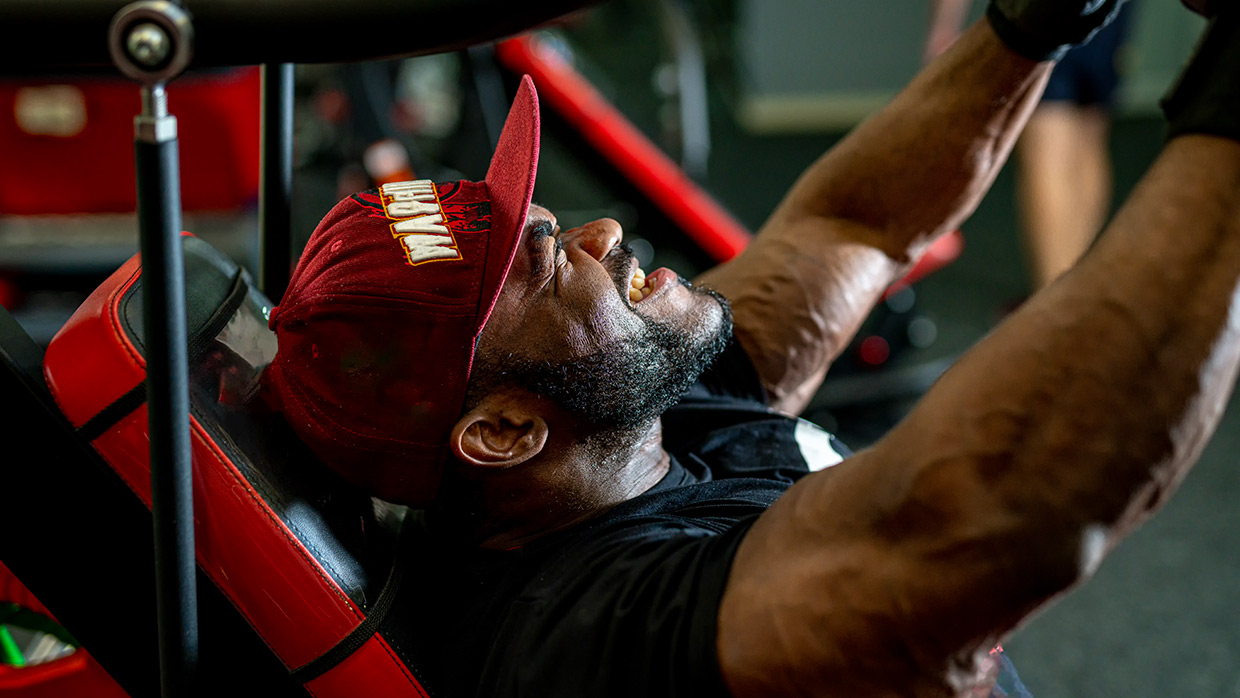
Being able to perform on-demand has several benefits. First, it's more applicable to real life. Very rarely do you have time to do an extensive warm-up when you engage in high-effort activities in your daily life.
From a training perspective, if you can cut out a large amount of your warm-up, you decrease overall volume, making it easier to recover and more likely to have effective sets later in your session.
Here's a way to program your body to be able to perform at a high level on basic strength work with zero preparation work:
- Don't do any warm-up, but start your session with assistance/single-joint exercises before doing your main lifts. While it still means doing work before the main lift, it can start to change your temporal programming and make you better at lifting from the start.
- Then, over time, move the main lifts closer and closer to the start of the session, still without warm-up. After a few weeks, you should have switched your temporal programming to perform early on the big lift.
- Phase I (3-4 weeks): Start with single-joint work, then multi-joint assistance, then main lift(s)
- Phase II (3-4 weeks): Start with multi-joint assistance, then main lift(s), then single-joint work
- Phase III (3-4 weeks): Start with main lift(s)
One more thing. Be intellectually involved in your workout right from the start. This means developing the skill to have an intense mental focus on either the muscle(s) you're training or the movement you're doing. Then reflect on the quality of your effort after each set, as well as what you can do better on your next set.
Being intellectually involved will activate the nervous system and, in many ways, will benefit the same as doing activation work.
What About Mobility?

"Yeah, but I'm too stiff to go right into lifting!"
This is possible, especially with our modern lifestyles. But the solution isn't necessarily to do some Band-Aid mobility work prior to your exercises. A better approach is to really work on improving mobility, not doing a few sets or lower-body stretching right before squatting (for example).
The latter might loosen you up, allowing you to do your squat, but it won't fix the problem. You'll always have to keep stretching before squatting.
Instead, aggressively work on improving mobility so that you improve it so much that you no longer need to loosen yourself up before your exercises. That requires an effort level and amount of work that can't be done at the same time as the lifting itself; it needs to be done on its own. Ideally, use your "off days" to work on mobility.
I don't recommend doing the mobility work before lifting, at least not to the level required to create adaptations that will lead to long-lasting improvements. Why? Because to truly improve mobility, the level and volume of effort must be high. And that amount of effort will have a negative impact on your subsequent lifting.
Plus, intense stretching/mobility work increases the risk of injuries when done prior to lifting. The effort level required to stimulate changes in muscle extensibility is likely going to:
- Cause some muscle damage
- Reduce force potential for a few hours
Final Thing
Your goal is to become less dependent on the warm-up. That doesn't mean stopping it all immediately. Stopping cold turkey will do more harm than good if you've been doing an extensive routine. But you should gradually work on making yourself less reliant on the warm-up by gradually decreasing it.At the same time, work on improving mobility separately (so there's less need to "loosen up" at the beginning of your workouts) as well as visualization and mental rehearsal, to decrease the need for activation work.
Even when you can perform on-demand, there might still be times when you need to add a warm-up strategy here and there. But only use the tools needed for you to perform on that day. Don't do something just because it's part of a routine.

